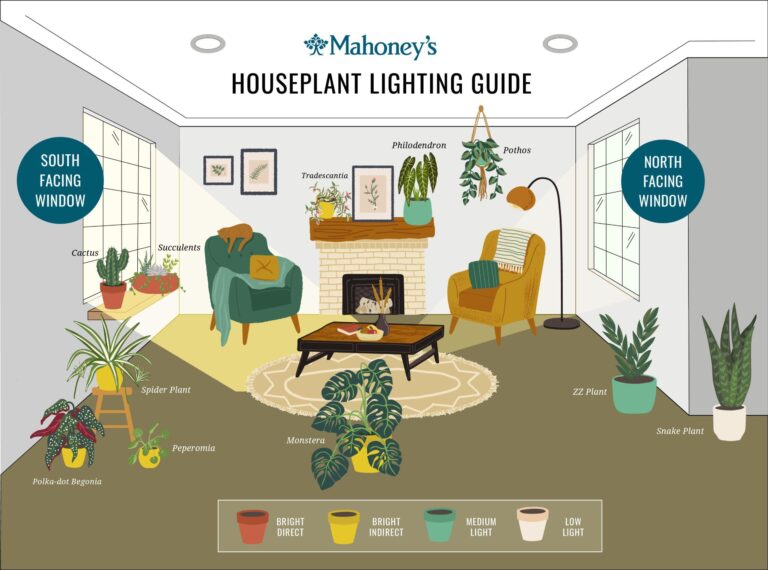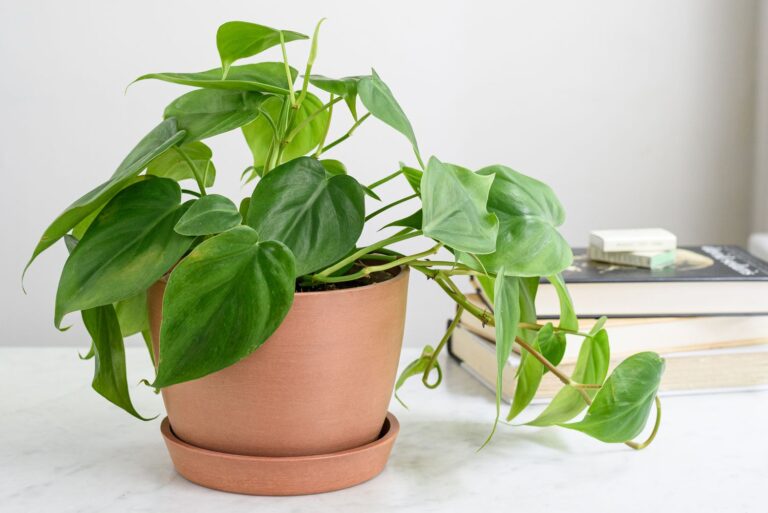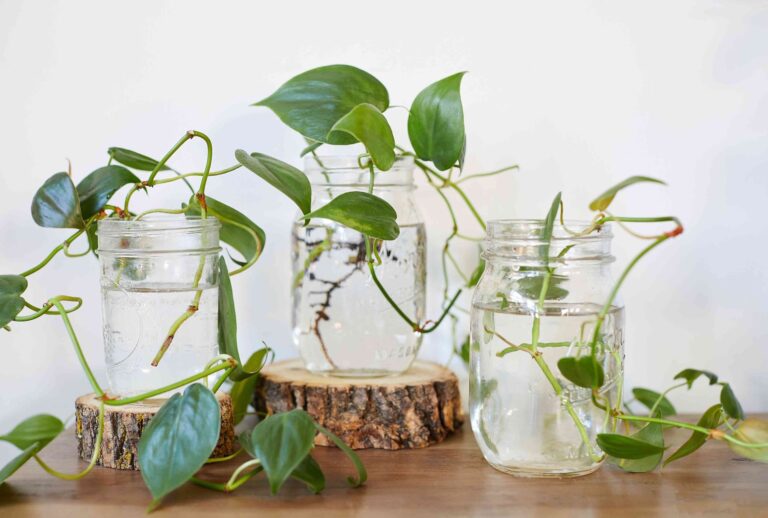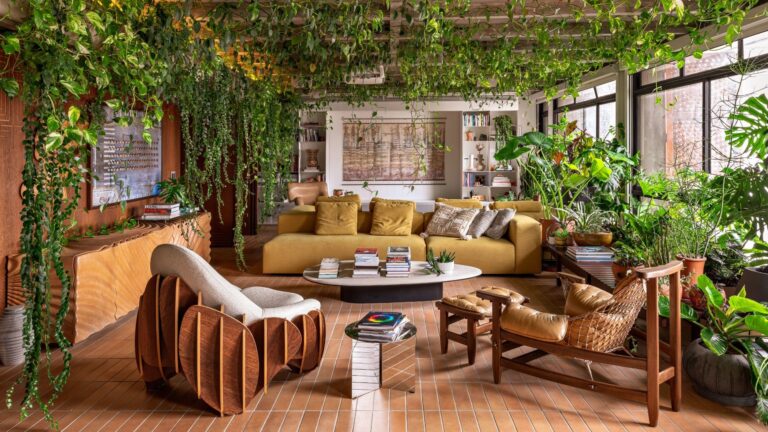Philodendron Cultural Impact: From Art Nouveau to Instagram Fame
73% of American households own houseplants now, but little is known about how they were so pivotal in bringing forth art movement-defining traits like a tropical genus, fueling a billion-dollar collector market and becoming the ultimate Instagram status symbol. The philodendron climbing your bookshelf has centuries of cultural resonance. Since Henri Matisse’s studio to TikTok’s trending plantfluencer feeds, these heart-leafed tropical specimens have become potent symbols of exoticism, modernity, and social standing. Brought from the Amazonian rainforest to modern art galleries, they tell an interesting story of colonialism, artistic inspiration, and digital-age obsession.
Botanical Genesis: From Scientific Curiosity to Artistic Muse
Austrian botanist Heinrich Wilhelm Schott’s botanical journeys into Brazil in the 19th century recorded over 587 species of philodendron. His careful illustrations — between 1829 and 1851 — helped to turn these climbing tropicals from mysterious rainforest specimens into objects of European interest. The installation of Schott’s findings at the Vienna Imperial Gardens was a turning point where scientific writing and artistic observation were joined, with philodendrons a category of botanical art deserving of significant artistic concern.
There were features about the genus by their nature — theatrical contours, leaves with hearts of bright emerald and deep burgundy, fast crawling styles — that made it all too appealing to creators from all around who looked for organic forms that would represent both scientific fidelity and aesthetic beauty. The botanical illustrations set visual patterns for future generations of art-makers.
The Organic Obsession of Art Nouveau: Nature’s Curves in Contemporary Design
The Art Nouveau movement’s love of philodendron forms was so much more than an aesthetic choice — it was a more aesthetic acceptance of the trend towards natural organic shapes that were at one and all times organic in a design sense but also industrial-age. Artists and designers found in philodendron leaves the ideal blend of mathematical accuracy and natural spontaneity. The plant’s spontaneous spiral growth forms and asymmetrically shaped leaves lent themselves to infinite possibilities for decorative motifs that dominated everything from architectural ironwork to homeware.
Belgian artist Henry van de Velde took the philodendron leaf shapes and found ways to work them into furniture designs and German artist Hermann Obrist developed textiles with a philodendron motif style that eventually became synonymous with Jugendstil. These interpretations were no copying, but complex abstractions that conveyed the essential life force and movement of the plant.
Art Deco Geometry: Tropical Modernism Emerges
The shift from Art Nouveau’s swiveling organic shapes to Art Deco’s geometric precision did not erode philodendron influence — it mutated it. Designers abstracted the plant’s unique leaf shapes into angular designs suited for the machine age’s aesthetic requirements. The heart-leaf philodendron was a natural symmetry that made perfect sense: Art Deco’s insistence on its use of repetition and geometric stylization.
Dorothy Draper’s 1947 “Brazilliance” wallpaper was a perfect example of this blending, with bold philodendron-inspired motifs rendered in contrasting colors reflecting the tropical modernism of the time. Her designs for Miami’s iconic hotels included living philodendrons on top of its pattern abstractions — adding to immersiveness while keeping the exoticist edge in mind as they evoked a rich sense of modernism.
Mid-Century Modern: Integrated Living with Plants as Architecture
Philodendrons were essential softening elements in stark modernist spaces of the post-war America’s architectural revolution. Richard Neutra’s residences in California, photographed by Julius Shulman, included climbing philodendrons that gave human face to the geometric lines of modern architecture. These photographs, common in architecture and lifestyle magazines, positioned philodendrons as keys to sophisticated modern living.
The plants were adapted to different light conditions and suitable for the era’s experimental architectural ideas, from open floor plans to dramatic window walls. Interior designers such as William Pahlman identified philodendrons for corporate headquarters and luxury homes due to their ability to merge indoor and outdoor design with minimal upkeep.
Roberto Burle Marx’s abstract paintings “Still Life with Philodendron I and II” (1943) took the plant to highly-analogue in art, illustrating how these plants might be used to defy visual norms and became genuine art objects. His works connected botanical fact from modernist abstraction, and later generations of Latin American artists who envisioned philodendrons were influenced by them, embracing philodendrons as a symbol of tropical modernity.
From Greenhouse to Viral: The Social Media Revolution
The evolution of philodendron from ornate design accessory to social media darling was nipped in the bud long enough with Instagram’s #urbanjungle hashtag in 2015. The actual explosion though happened when the Pink Princess Philodendron (the Philodendron also known by its signature bubblegum-pink variegated leaves), became the platform’s most coveted houseplant.
Plantfluencer Kaylee Ellen’s YouTube channel chronicling her rare philodendron collection attracted over 50,000 followers who drank in videos that featured variegated specimens worth hundreds of dollars. The #pinkprincessphilodendron hashtag garnered millions of views, and one plant turned into a celebrity in itself. Cuttings could sell for over $100, becoming a secondary market that turned casual plant lovers into serious collectors.
The Pink Congo Scandal
The Pink Congo scandal revealed the darker side of this obsession: Sellers in 2019 found out that their chemically treated pink philodendrons were marketed not only as non-biochemically-sanitized versions but as naturally variegated ones, and were even seen as naturally variegated. The fast transmission of information in social media eventually revealed the fraud, but not before thousands of collectors had spent on what they considered legitimate investment-grade specimens.
Contemporary Art Reinterpretation: Beyond the Botanical
Modern artists seek to convey not only a mere physical representation of a species but the cultural meanings of philodendron. Julius von Bismarck’s 2023 sculpture “I like the flowers (Philodendron bipinnatifidum)” pressed and dried real philodendron specimens onto stainless steel plates: a meditation on permanence versus natural decay. That scale, more than 10 feet wide, turned little houseplant matter into monumental art.
Maria Borbás-Tóth’s “Philodendron III” (2023) used acrylic and oil to generate abstract meanings that represent the energetic growth of the plant and move the work toward pure formal abstraction. These pieces also show philodendron’s freshness, now experienced through decades of cultural references, as a theme to be considered.
Collector Culture Psychology: Status, Belonging, and Obsession
How the philodendron collector market is exploding It’s not unlike an earlier plant manias, like Tulip fever in 17th-century Netherlands, that has exploded. Mature varieties can cost more than $2,000, and the Pink Princess, White Princess, and variegated Billietiae are now status symbols comparable to luxury watches or art items on the shelf.
Research shows that 66% of American households now own houseplants, and in 2024 the market would total $20.68 billion. A large part of this figure is Philodendrons, especially those owned in the rare plant market category where cutting sales can yield high returns for successful collectors.
And the psychological pull happens for many reasons: the happiness that comes from caring for living investments, the social status that comes with rare specimens, and the social nature of collector groups, where the sharing of knowledge and sharing of trading forms social bonds. Tens of thousands of Facebook groups of people on Facebook niche philodendron varieties have tens of thousands of members which, along with being an ecosystem of niche knowledge and merchandise, has formed knowledge economies far beyond just houseplant ownership at these days.
The Digital Era Phenomenon: TikTok and the New Generation
And algorithmically-driven content discovery through TikTok has opened new ways of accessing philodendron appreciation. Viral videos featuring “plants with multiple growth points” and “philodendron varieties you need to know” routinely receive millions of views. Philodendron’s dramatic foliage and its educational nature are well-matched by the platform’s visual nature, which allows sharing precise care instructions.
While the #philodendron tags also bring in regular engagement and build massive followings with educational material — like that of @thebeardedplantaholic. This is a democratization of plant knowledge that goes way beyond the traditional gardens, it involves young people who hear of philodendrons from an aesthetic instead of a horticultural angle.
Market and Economic Impact
The projected $32.78 billion market for indoor plants by 2034 indicates continuing curiosity with tropical specimens and philodendrons have a leading place in the market from there. This economic impact, especially on variegated varieties, has been driven by the appreciation of specimens of specific varieties by 1000% over the course of 5 years.
Etsy 2024 report states that rare philodendron cuttings account for one of the fastest-growing segments in the platform’s plant category and that international sales were up 45% year over year. This international platform allows collectors from around the world to own varieties previously seen as exclusive geographical limits, speeding up appreciation and valuation.
Cultural Significance in Contemporary Design
Today designers are continually exploring new possibilities for philodendron-inspired shapes. Erdem’s Spring/Summer 2015 collection took reference from 19th-century botanical illustrations but added modern silhouette concepts. The collection’s cotton and silk pieces showed how historical documentation of plants could drive cutting-edge fashion design.
Fernando Jaeger’s 2014 Deliciosa chair adapted the philodendron leaf shapes into powder-coated steel furniture and functional objects that honor their botanical inspiration while giving practicalities. These modern aesthetics highlight philodendron impact moving beyond surface decoration to embedded design features.
The Future: Philodendron Culture Then and Now
Philodendrons’ reputation as purifying/sustainable specimens for the climate and energy industry is poised to keep them the most culturally relevant material going forward. They are quite versatile when it comes to indoor climate, making them suitable to live in a city and that is the main urban demographic.
Philodendron motifs embedded in sustainable technologies—including photovoltaic panels imitating leaf architecture—advance such ideas of practical environment use to the next level of aesthetics. This evolution from mere ornament to engineering inspiration constitutes yet another stage in philodendron’s history as a visual symbol.
This image demonstrates how an article or artwork can change from pure tree object to symbol of culture using an object and be put back into use. These climbing tropicals are cultural phenomena for centuries as we know them that go beyond humble origins—from art movements to architectural creation to digital-age entertainment. As the social mediatization for plant-excessivity continues to become more universal and social media introduce newer ways to demonstrate status, philodendrons continue to make the most appropriate symbols for sophisticated plant possession.
Key Sources:
The Allure of Philodendron – PRINT Magazine
Philodendron: From Pan-Latin Exotic to American Modern – Wolfsonian Museum
Philodendron Exhibition Review – Miami Rail
The Pink Princess and Pink Congo Scam – WIRED
How a Tropical Plant Took Root in the West – 1stDibs Introspective
Indoor Plants Market Analysis – Mordor Intelligence
Philodendron at the Wolfsonian – 1stdibs Magazine
2024 Garden Trends Report – Garden Media Group





